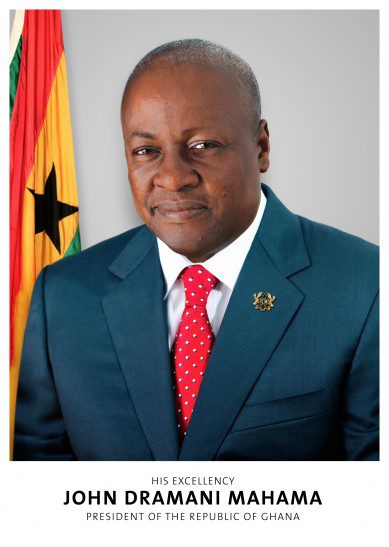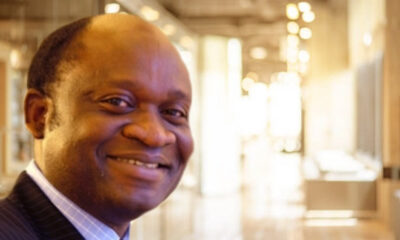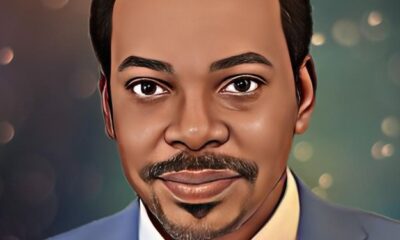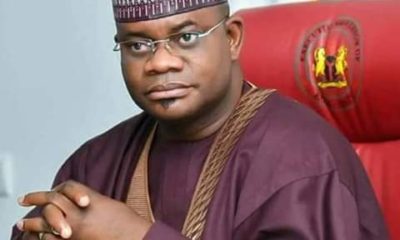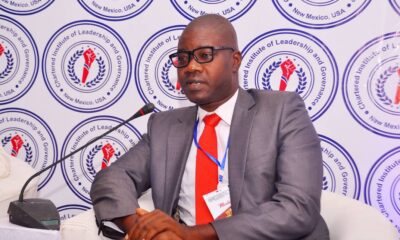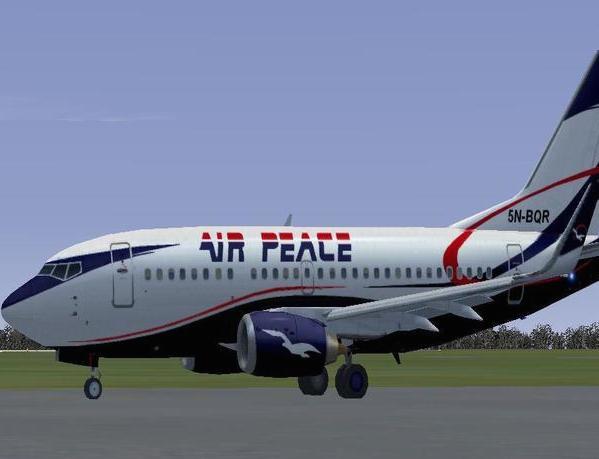Global Issues
Major Problems Facing Ghana Today
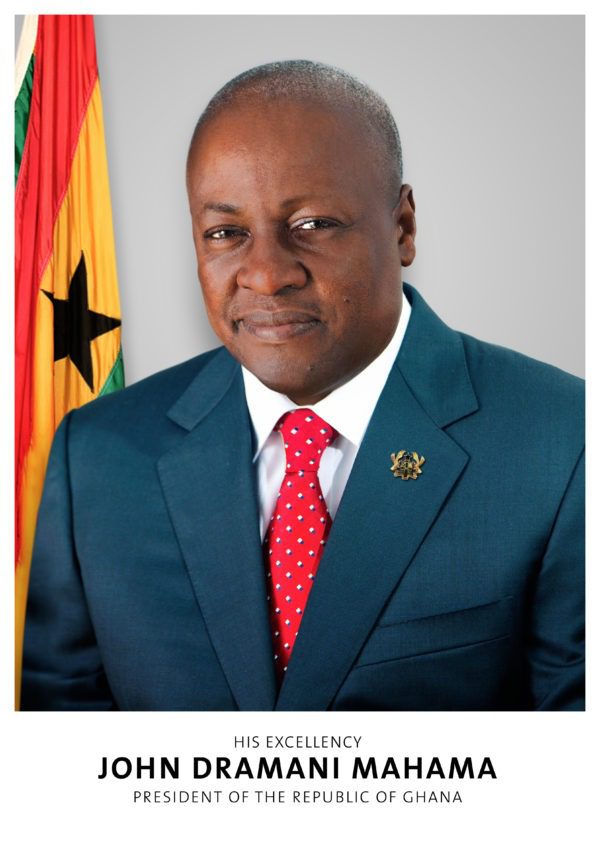
The Republic of Ghana or Ghana for short is a west African country bordering the Gulf of Guinea between the Republic of Ivory Coast and the People’s Republic of Togo. Ghana borders the Gulf of Guinea to the south, Burkina Faso to the north, Togo to the east and Ivory Coast to the West. Ghana has a total land area of about 238,53sq.km (about 11,000sq.km covered by water) with about 539km of coastline. Ghana has a total population of about 27 million people with the population growth rate around 1.8%. A major part of the Ghanaian population lives in major cities and towns such as Accra the capital of Ghana (Accra contains about 2.3 million people) and Kumasi the capital of the Ashanti region(Kumasi contains about 1.8 million people). Other regional capitals such as Sunyani the capital of the Brong Ahafo region and Tamale the capital of the Northern Region of Ghana are also homes to several hundreds of thousands of Ghanaians if not millions.
Ghana was the first sub-Saharan African country to gain independence (from colonial rule in 1957) from the United Kingdom.Ghana became a republic on July 1, 1960. Lake Volta which is the largest artificial lake in the world is found in Ghana.
Ghana is one of the most culturally rich countries in all of Africa with a beautiful blend of several ethnic and racial groups living peacefully together. Ghana without a doubt is one of the most peaceful countries in all of Africa. Akans (the most dominant ethnic group in Ghana today) make up about 45.3% of the total population followed by Mole-Dagbon who make up about 15.2% of the total population.Ewes (another major ethnic group) make up about 11.7% of the total population. The Ga-Dangmes make up about 7.3% followed by the Guans who make up about 4% of the total population. The Gurmas form about 3.6% of the population, with the Grusis forming about 2.6%. The Mande-Busangas make up about 1% of the total population with the several other minor groups making up the remaining 7.8% of the population.
Ghana has a literacy rate of about 75% for the total population with the female literacy rate hovering around 58%. In other words, just about 58% of the total population of females above the age 15 can read and write which although is better than in neighboring countries such as Burkina Faso, is “very” bad compared to countries such as Botswana and even Zimbabwe.
Ghana just like its neighboring countries is blessed with abundance of natural resources such as gold, silver, manganese, bauxite, timber, petroleum, fish, rubber, salt, limestone, industrial diamonds, etc. However, despite the abundance of natural resources, Ghana just like its neighboring countries is crippled by several economic and social issues such as poverty, hunger, corruption, illiteracy, poor governance, etc.
The two decades of political stability in Ghana has helped the country a lot in almost all sectors of its economy. However, despite the significant improvement in agriculture and other sectors of the economy, Ghana like most African countries today continue to face so many developmental challenges. About 60 percent of the Ghanaian population are into Agriculture. Most farmers in Ghana like in most African countries today are subsistence farmers who grow crops and rear animals just to feed themselves and their families. However, lack of farming subsidies, poor farming practices, poor climatic conditions, etc. continue to keep millions of people in extreme poverty.
Despite Ghana being the second leading producer of cocoa beans in the world (Ivory Coast is the current world’s leading producer of cocoa beans), most people living in the rural areas especially women and children go to bed hungry in Ghana today especially in times of crop failure.
Most villages in Ghana today lack good drinking water, hospitals, basic sanitation(lack of basic sanitation remains a major problem even in Accra the capital of Ghana), quality education, etc.
The northern parts of Ghana unlike the rest of the country get very unpredictable levels of rainfall in a year which leaves the upper East, the upper west, and the Northern regions of Ghana mostly dry and dusty during most parts of the year which doesn’t favor agriculture at all in most parts. Rainfall in the northern parts of Ghana is often unpredictable and causes floods which destroys the few crops and animals in the fields.
Lack of good drinking water was and still remains a major problem in these upper regions of Ghana although the former president Jerry John Rawlings and the NDC government did great for some of these areas by providing them with boreholes and pipe-borne water which has helped a lot in the eradication of the guinea-worm and other water-borne diseases from some of these areas. Not all areas in these regions have access to good drinking water. The NDC government under former president Rawlings also helped a lot in extending electricity to some of these areas. Once again, great help is needed because not all villages and towns in Ghana have electricity and even where there is electricity, frequent power “cut-offs” leave many in the dark. In other words, most small villages and towns in Ghana still live in darkness.
The NDC government under the late president John Evans Atta Mills (may his soul rest in peace) also helped a lot in extending quality education to some of these areas. Ghana under the leadership of the late Peace-loving Professor John Evans Atta Mills saw great improvements in almost all sectors of its economy. Although often considered “slow” by some Ghanaians, the very intelligent Professor Mills was so full of good ideas for the country. Prof. Mills without any doubt, was the best after Nkrumah and did so many great things to help Ghana especially in maintaining peace, freedom and justice. The recent oil discovery in Ghana if managed very well can help speed the Ghanaian economy a lot.
Youth education especially girl-child and sex education in Ghana has helped a lot in breaking the cycle of new HIV/AIDS infections in Ghana. In 2002, there were at least 260,000 people living with HIV/AIDS in Ghana with about 21,000 HIV/AIDS deaths recorded within the same year. These numbers have reduced a lot with the help of girl-child and sex education programs. Once again, more help is needed especially in the Northern parts of Ghana where girl-child education remains very poor.

